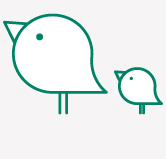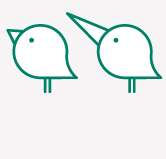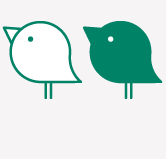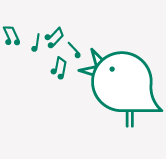How big is the species you are looking at?
To figure that out, it is useful to compare with birds of known sizes, such as sparrows, pigeons, gulls or ducks. Keep in mind the distance from which you are watching: at a distance, a large bird may seem smaller.











